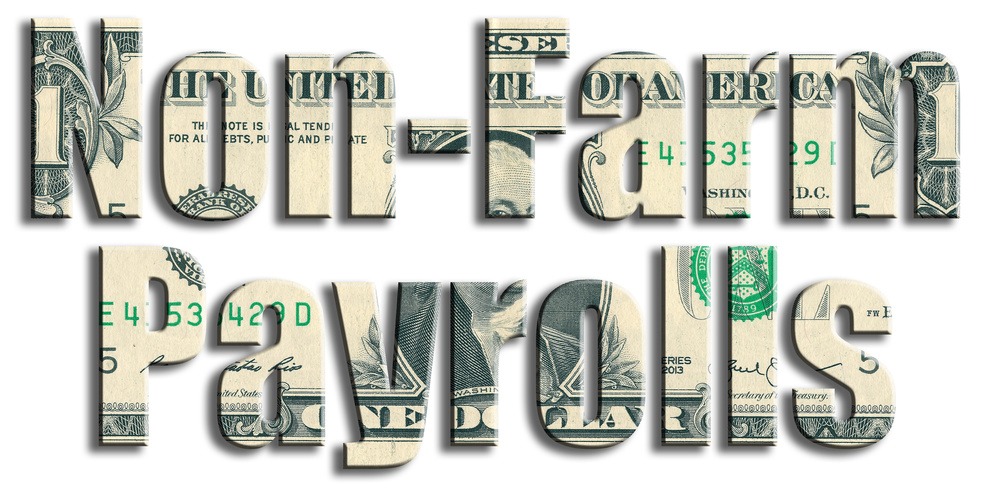It is all a matter of timing. An increase of 245,000 jobs would be considered robust in the pre-pandemic era, but when the data relates to November 2020, a figure in the upper edge of the old normal represents the end of the recovery.
NFP live coverage
The US dollar edged lower in the initial aftermath but has three reasons to bounce after suffering a downfall throughout the week.
1) Limited impact on lawmakers
One of the reasons for the dollar’s downfall came from a bipartisan group of senators who laid out a $908 billion stimulus deal. Despite the across-the-aisle nature, Senate Majority Leader Mitch McConnell has remained mum on the topic and he reportedly prefers a smaller package.
Is this weakness enough to push McConnell and others to action? It may raise the chances of approving a deal worth around $1 trillion – but that is already priced in by markets. Without a bigger relief package – which may or may not come in January – the safe-haven dollar could rise.
2) Vaccine bounce
Another unrelated risk-on factor came from the UK’s approval of the Pfizer/BioNTech coronavirus vaccine. However, Dr. Anthony Fauci criticized the rapid process and the firm will likely produce fewer doses. While Fauci later apologized, these immunization concerns may also add to pressure on the safe-haven greenback. This is the chance for profit-taking
3) Fed firmly on hold
Jerome Powell, Chairman of the Federal Reserve, testified on Capitol Hill and refrained from offering more stimulus in the upcoming meeting. He has good reasons – waiting for the vaccine, for the new administration, and for seeing the full impact of the virus on the economy. While job growth is weak, it is insufficient to trigger more monetary stimulus – not enough.
More Dollar downfall explained and what’s next for markets
Get the 5 most predictable currency pairs
NFP Quick Analysis: Why the meager 245K rise is unlikely to depress the dollar, three reasons
